Seni Benang Ratu Majapahit - Keindahan dalam Kerajinan Jarum dan Kerajinan Sendiri
3. Daha (Kediri)
Lantaran berbagai polemik internal dan ancaman serangan dari Kesultanan Demak sebagai kerajaan Islam pertama di Jawa, posisi Majapahit semakin terdesak pada masa pemerintahan Bhre Kertabumi atau Brawijaya V (1468-1478).
Kala itu, pengaruh Islam memang sedang berkembang pesat di Jawa sehingga muncul Kesultanan Demak yang didirikan oleh seorang pangeran dari Majapahit bernama Raden Patah. Raden Patah adalah putra kandung Brawijaya V dari istri seorang wanita berdarah Cina bernama Siu Ban Ci.
Pada masa-masa genting inilah ibu kota Majapahit terpaksa dipindahkan dari Trowulan ke Daha yang merupakan bekas pusat pemerintahan Kerajaan Kadiri (Kediri) oleh Girindrawardhana atau Brawijaya VI (1478-1489).
Tahun 1517, pasukan Kesultanan Demak menyerang Daha yang membuat perekonomian Kerajaan Majapahit lumpuh. Serangan tersebut dipimpin oleh Pati Unus (1488-1521), Sultan Demak kedua yang merupakan menantu Raden Patah.
Satu dekade berselang, tahun 1527, Kesultanan Demak kembali menyerbu Daha, di bawah komando Sultan Trenggana di bawah kepemimpinan Sultan Trenggana (1521-1546), penguasa Demak ketiga yang juga adik Pati Unus.
Serangan dari pasukan perang Kesultanan Demak kali ini benar-benar membuat Daha jatuh sekaligus menghancurkan Majapahit. Kerajaan pernah sangat perkasa di Nusantara ini akhirnya menuai keruntuhan untuk selama-lamanya.
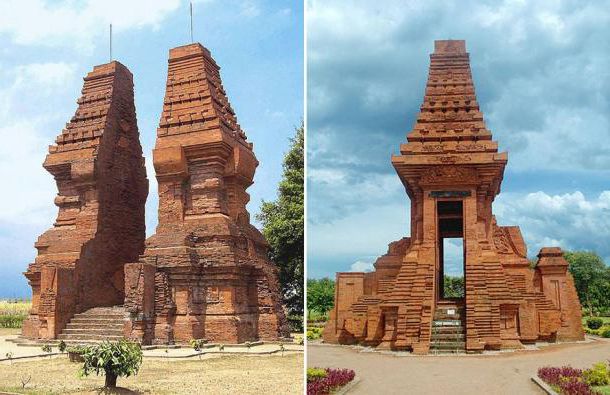
Baca jugaArtikel :
Raja dan permaisuri memiliki perbedaan nama, untuk yang dikenakan oleh raja disebut Mahabhusana Rajakaputran Wilwatiktapura. Pakaian ini terdiri dari Makuta, Sumping, Kundala, Kalung, Upawita, Udarabandha, Uncal, Katibandha, Kilatbahu, Gelangkana, Kalpika, Binggel, Nupura, Sampet, Kampuh, Sinjang, Sabuk, Sasampur dan Gamparan.
Sedangkan pakaian yang dikenakan permaisuri kerajaan Majapahit disebut Mahabhusana Rajakaputrian Wilwatiktapura, yang terdiri dari Makuta, Sumping, Kundala, Karah, Kalung, Upawita, Udarabandha, Uncal, Katibandha, Kilatbahu, Gelangkana, Kalpika, Binggel, Nupura, Sampet, Wastra, Kampuh, Sinjang, Sabuk, Sasampur dan Gamparan.
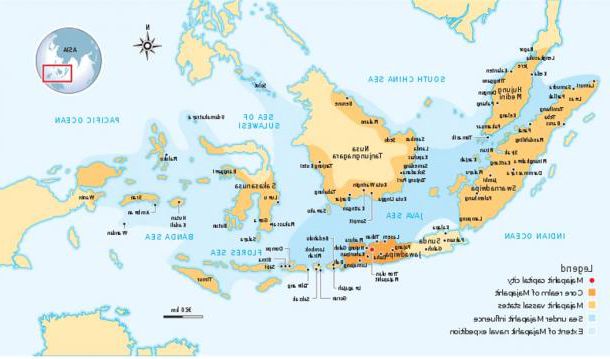
Pusat Kerajaan Majapahit
Pusat pemerintahan atau ibu kota Kerajaan Majapahit setidaknya pernah 3 kali berpindah tempat namun masih di wilayah Jawa bagian timur.
Ibu kota pertama kerajaan bercorak Hindu-Buddha ini adalah di Mojokerto pada masa kepemimpinan pendiri sekaligus raja pertama, Raden Wijaya alias Kertarajasa Jayawardhana.
Dikutip dari Kumpulan Sejarah Desa Kabupaten Mojokerto (2020) suntingan Evi Sudyar, pada masa itu ibu kota Majapahit disebut dengan nama Kutaraja dan terletak tidak jauh dari pelabuhan besar bernama Canggu di tepi Sungai Brantas.
Selain sebagai pusat perniagaan atau bandar dagang, lokasi Canggu yang masih berada di wilayah Kutaraja sangat strategis untuk difungsikan sebagai sebagai pangkalan militer armada angkatan laut Kerajaan Majapahit yang memang amat kuat saat itu.
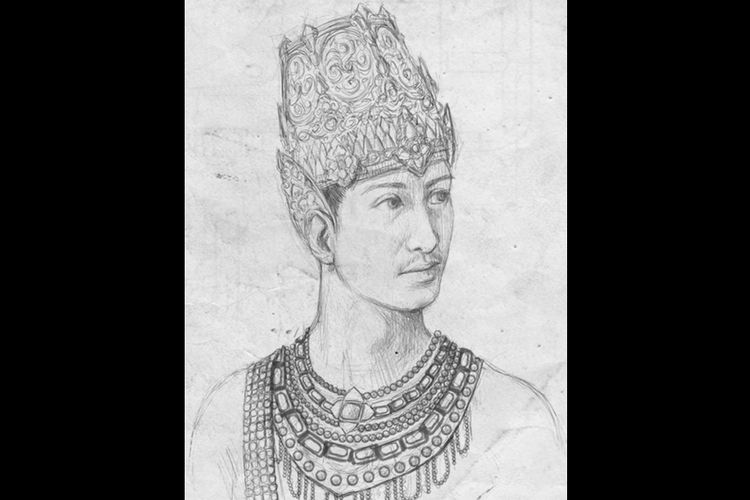
Sejarah Berdirinya Kerajaan Majapahit
Dikutip dari Majapahit: Batas Kota dan Jejak Kejayaan di Luar Kota (2012) karya Inajati Adrisijanti, Raden Wijaya kemudian membuka hutan di dekat Sungai Brantas, tepatnya di daerah Mojokerto sekarang.
Terbentuklah suatu desa yang kemudian dikenal dengan nama Majapahit. Asal mula nama Majapahit berawal dari buah bernama maja. Buah yang rasanya pahit itu banyak terdapat di dalam hutan tempat Raden Wijaya dan pengikutnya berlindung untuk menyusun kekuatan kembali.
Raden Wijaya mulai bergerak, meminta dukungan dari berbagai pihak sekaligus mengumpulkan kekuatan untuk menyerang balik Jayakatwang sekaligus membalaskan dendam sang mertua, Raja Kertanegara.
Dengan dibantu jajaran pengikut setia seperti Arya Wiraraja, Nambi, Kebo (Mahisa) Anabrang, Lembu Sora, dan lainnya, Raden Wijaya mampu mengalahkan Jayakatwang berkat persekutuan dengan pasukan utusan dari Kekaisaran Mongol yang saat itu tiba di Jawa.
Usai itu, Raden Wijaya mendeklarasikan berdirinya Kerajaan Majapahit pada 1293 dengan pusat pemerintahan di Trowulan, Mojokerto. Raden Wijaya menjadi raja pertama Majapahit dengan gelar Kertarajasa Jayawardhana (1293-1309 M).
Dari sinilah kemudian Kerajaan Majapahit berkembang pesat, dengan mula-mula menguasai bekas wilayah kekuasaan Singasari.
Raden Wijaya berhasil menanamkan pondasi yang kuat untuk Kerajaan Majapahit dan nantinya merengkuh masa kejayaan pada masa pemerintahan sang cucu, Hayam Wuruk.
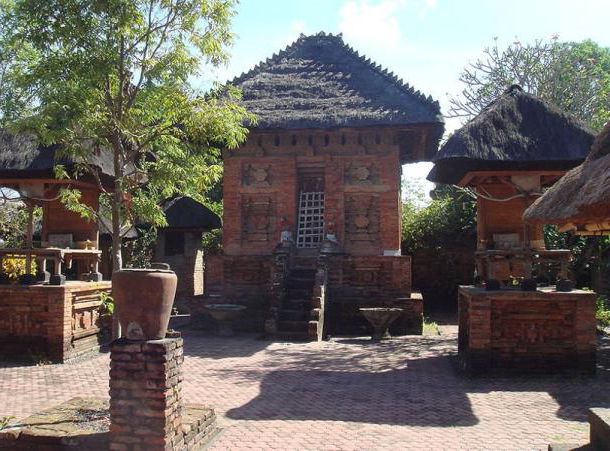
The Majapahit Empire was short-lived, as its power began to shortly after Hayam Wuruk’s death. At the beginning of the 15th century AD, a war of succession that lasted for four years broke out. At the same time, Islam was spreading in the region, and many kingdoms were converting to this faith. Amongst these was the rising Sultanate of Malacca, founded by the last Raja of Singapura.
A map showing the Majapahit Empire during its heyday in the 14th century AD. (Wikimedia Commons)
Remaining as Hindu-Buddhists, the Majapahit Empire was unable to compete with its Muslim neighbors, and continued to disintegrate, finally collapsing in either 1478 or the early 16th century AD.
Featured image: The northeastern corner of an Indonesian national monument. In this section the Majapahit Empire is depicted including Gajah Mada at the nearest right. Jakarta, Indonesia. (Wikimedia Commons)
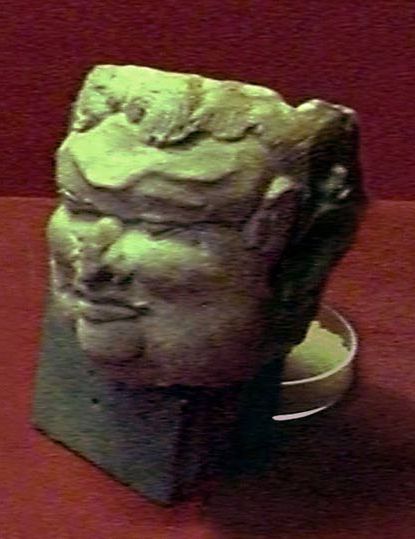
Tags: benang
